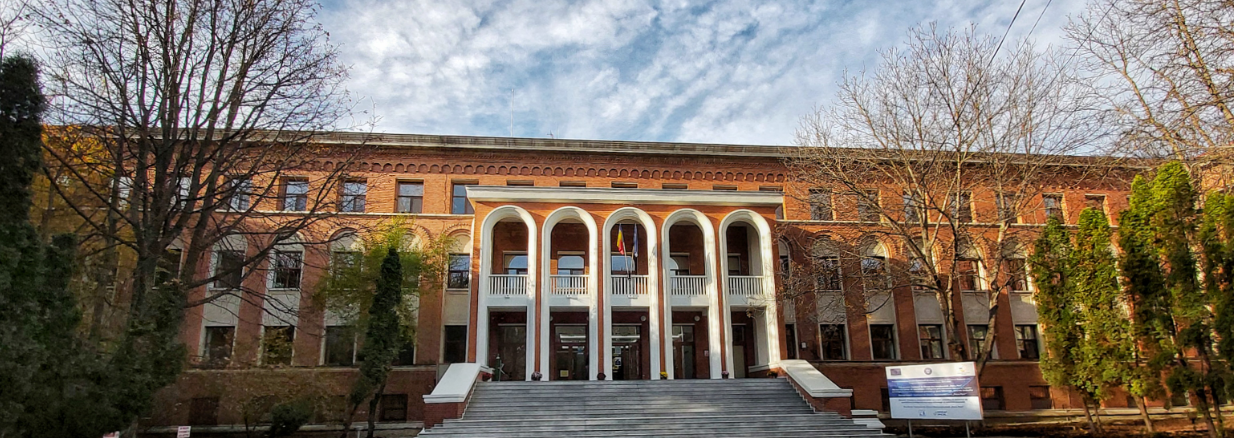Stage 1: 01.04-31.12.2022
The research topic of this project, “In silico studies of azobenzene derivatives. Electronic fingerprints and molecular structures from isomerization reactions" is to investigate the chemical mechanisms that occur during the isomerization process of the substituted and unsubstituted azobenzene molecular system along the energy levels in the S2, S1 excited states as well as in the ground state S0 highlighting the fingerprints of electron densities and spectral properties following the trans ↔ cis conversion. The first stage of this project Description of the electronic structure and analysis of the conformational effect in the ground state includes the following activities:
A.1.1: Geometry estimation and optimization.
In this activity, a theoretical investigation of the conformational effect in the ground state was carried out in order to identify if other species populate the ground level or if a specific isomerization mechanism can occur. This study was performed by using the molecular mechanics methods such as the Universal Force Field (UFF), Merck Molecular Force Field (MMF94), but also the semi-empirical method XTB algorithms. Also at this stage, another theoretical investigation was carried out separately in which calculations were made along the surface of the potential energy of the trans ↔ cis isomerization taking into account the main structural parameters of the azobenzene unit: the azo bond (-N=N-), the dihedral angle (C-N=N-C), the valence angles (C-N=N/N=N-C), but also the adjacent torsion angles C-C-N=N/N=N-C-C, as well as the valence angles C-C-N/N-C-C in the aromatic rings. All obtained geometries were optimized using different levels of density functional theory and ab initio methods.
A1.2: Molecular group organization.
The frequency calculations of the infrared and complementary Raman vibrations were performed. These calculations enable to give a molecular group organization in the ground state, which will include selections of stationary conformations for intermediates and the transition state of the chemical systems.
A1.3: Study of electronic states in the ground state (Part I).
As activity, the electronic states and molecular fingerprints in the ground state were calculated and determined for the azobenzene derivatives under study. The theoretical results were compared with experimental Raman, UV-Vis and transient absorption measurements.
The results of stage 1 were disseminated by participating in two (2) national scientific events and sending a (1) paper for publication; (https://icmpp.ro/fingerprintAZO/dissemination.php). | 







